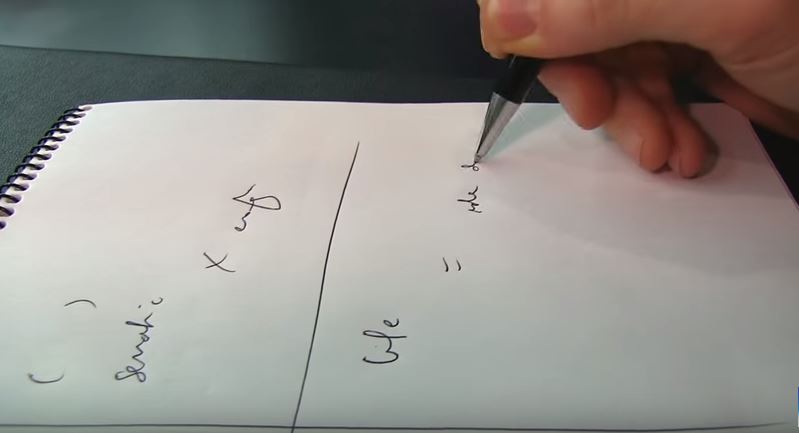The interpreter, sitting or standing next to the speaker, memorizes the speech, takes notes and waits until the speaker pauses to provide the oral translation.
What is consecutive interpreting?
Consecutive interpreting consists in letting the speakers deliver their speech for about 5-10 min, then leaving time to the interpreter to translate the speech into the target language for the audience.
To make sure not to omit or make mistakes, during the speech, the interpreter takes some notes using a particular technique called prise de notes. Normally, in this case, the interpreter stands or sits next to the speaker.
When do we use consecutive interpreting and what are its advantages?
This interpreting technique is mainly used for events with a limited number of participants, where the speakers do not share the same language as the audience.
Since by guaranteeing visibility to the interpreter it also allows for the formal atmosphere to be maintained, this method is particularly useful for solemn occasions (such as inaugural speeches, commendations) too.
Compared to simultaneous interpreting, consecutive interpreting entails lower costs, as no technical tools or support equipment are required.
However, it significantly extends the duration of the event (at least twice the time for each intervention should be considered).
How does it work for the interpreter?
The consecutive interpreter memorizes the speech using a specific note-taking technique, called prise de note, and then translates it into the target language.

